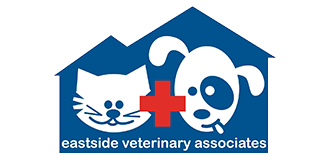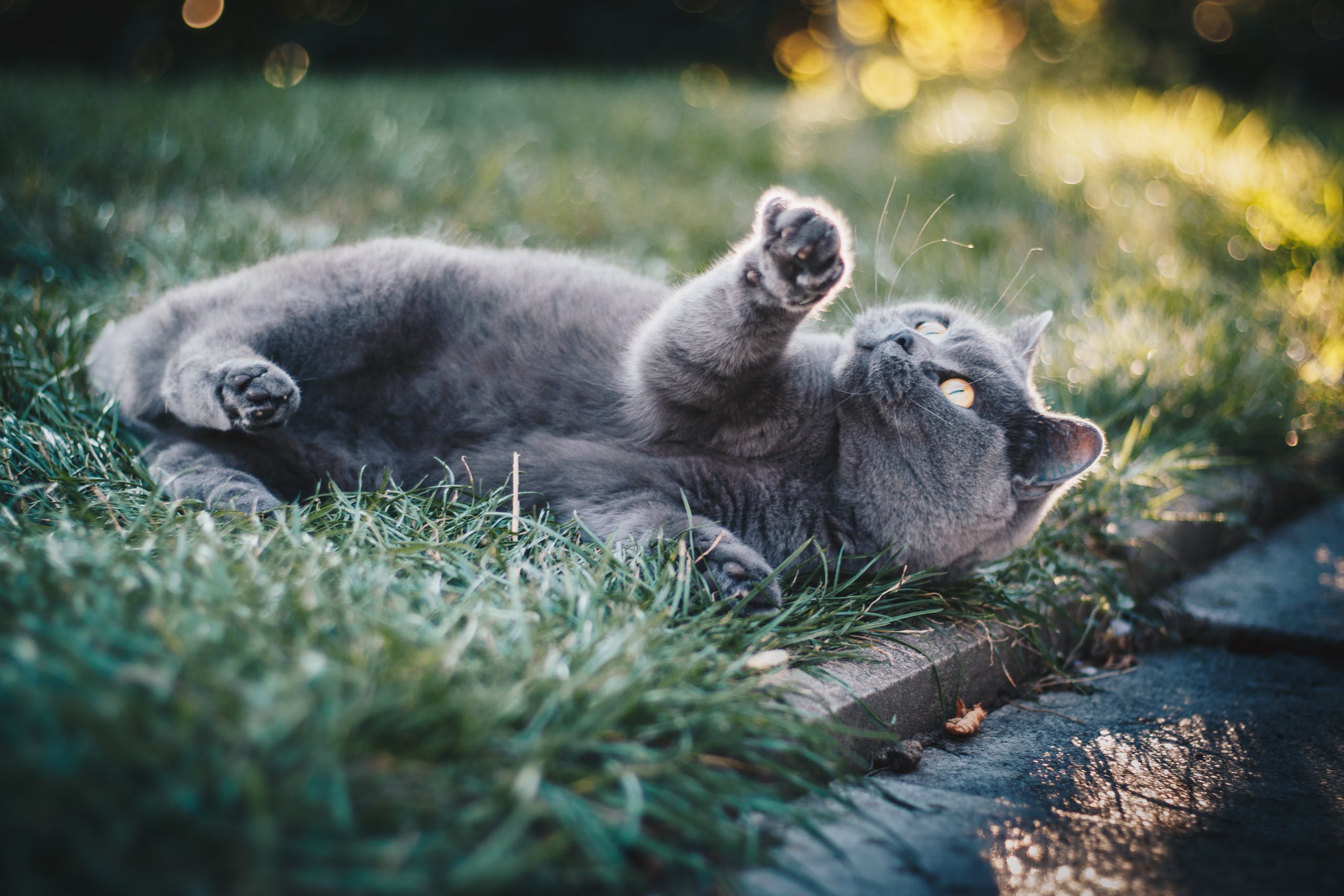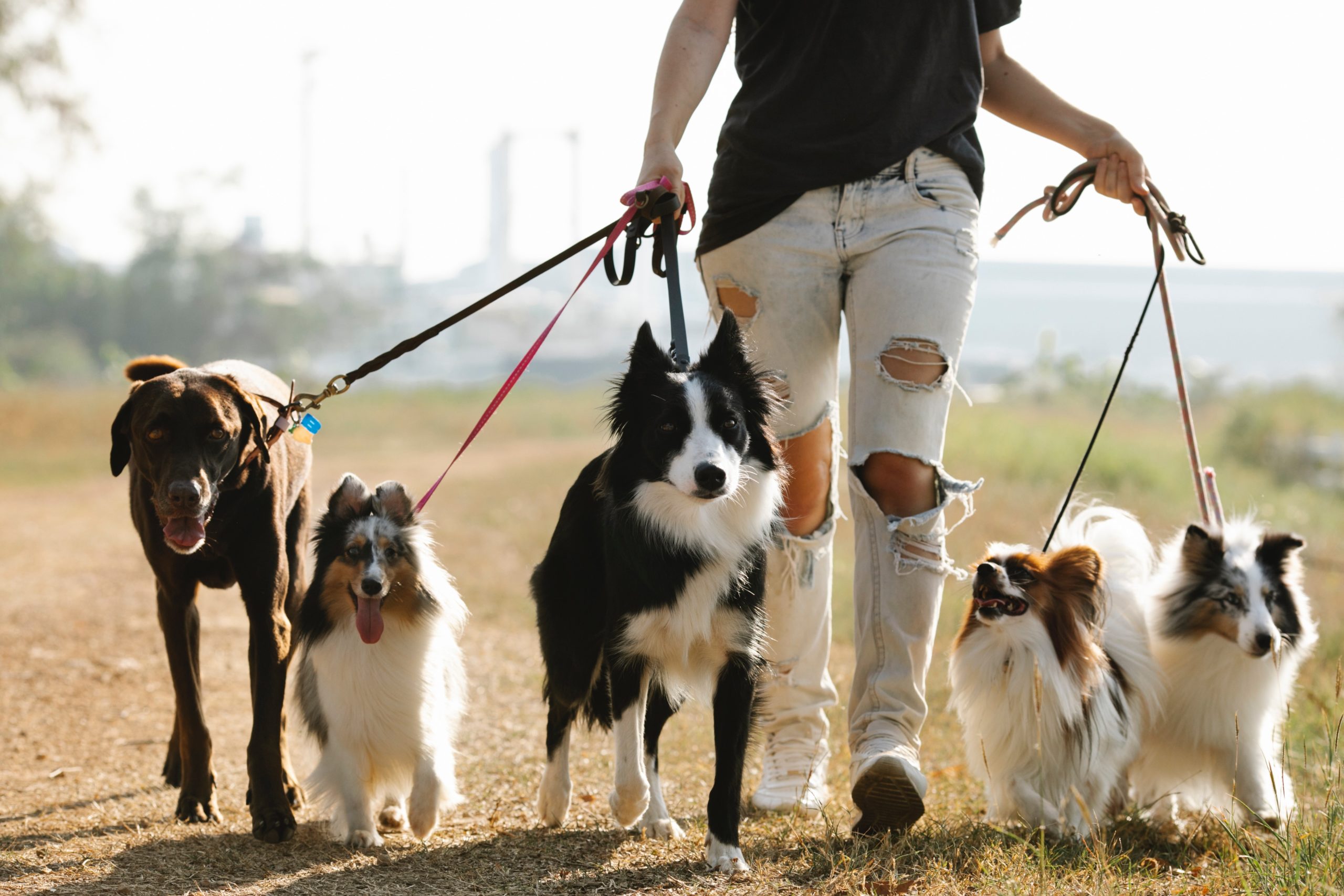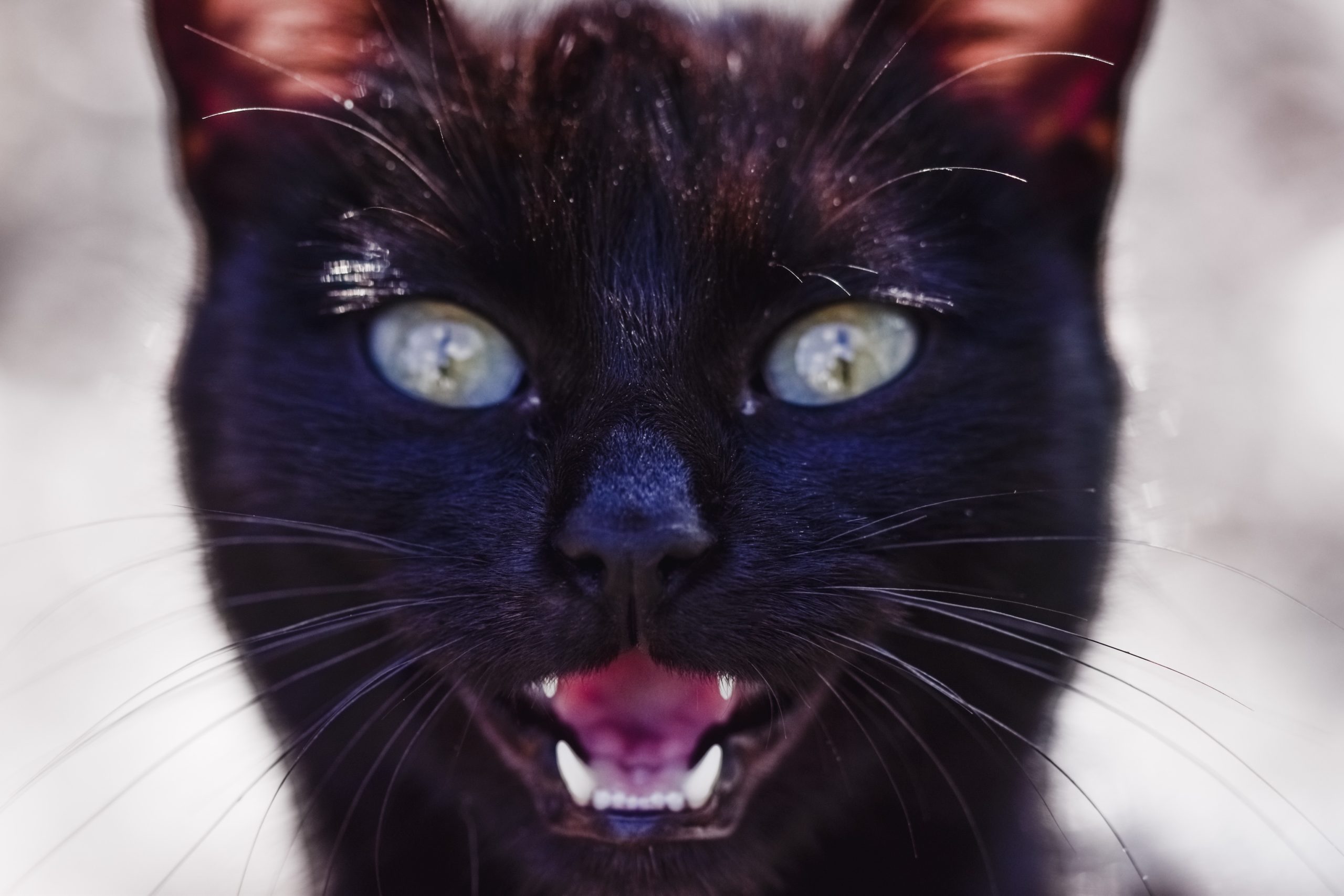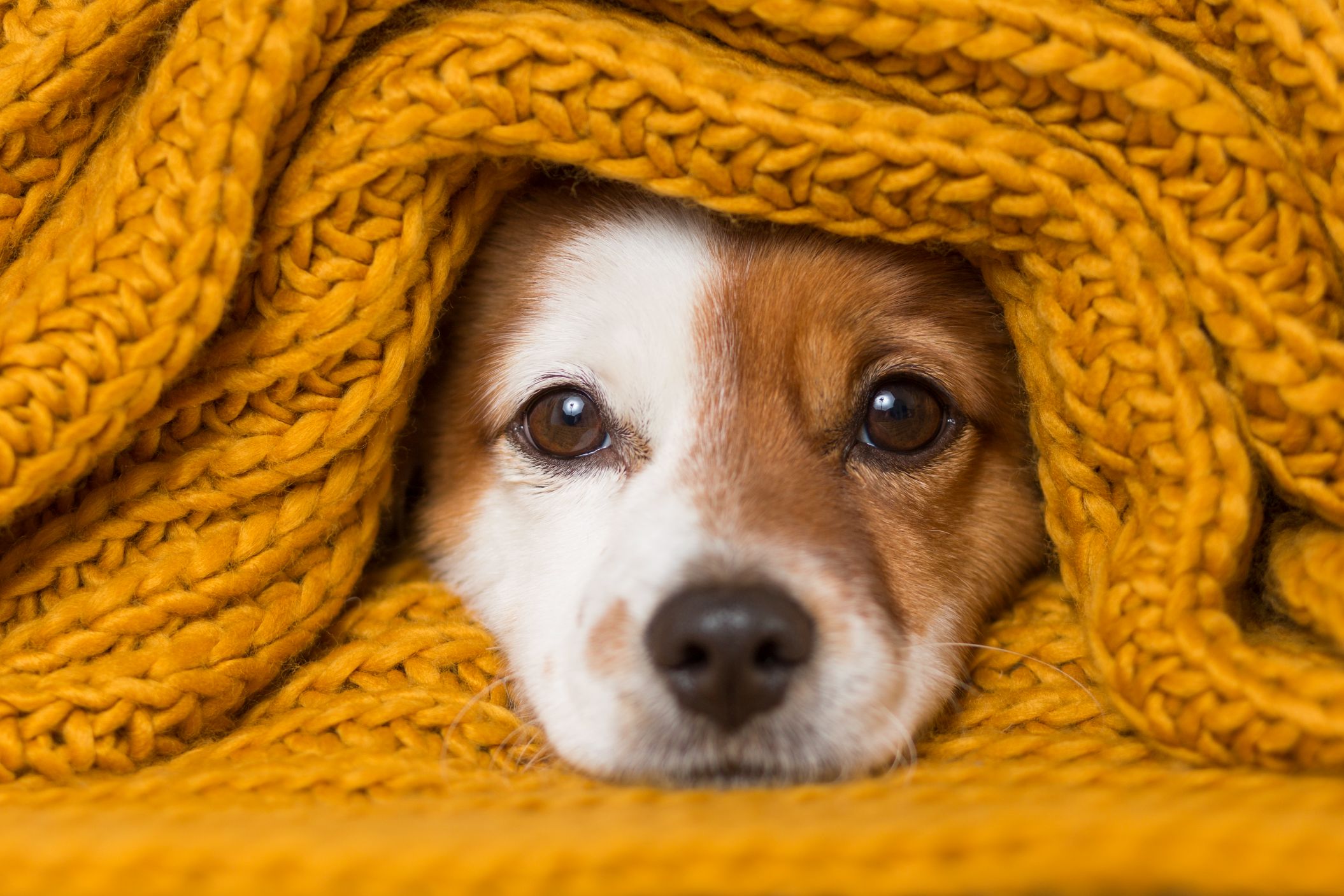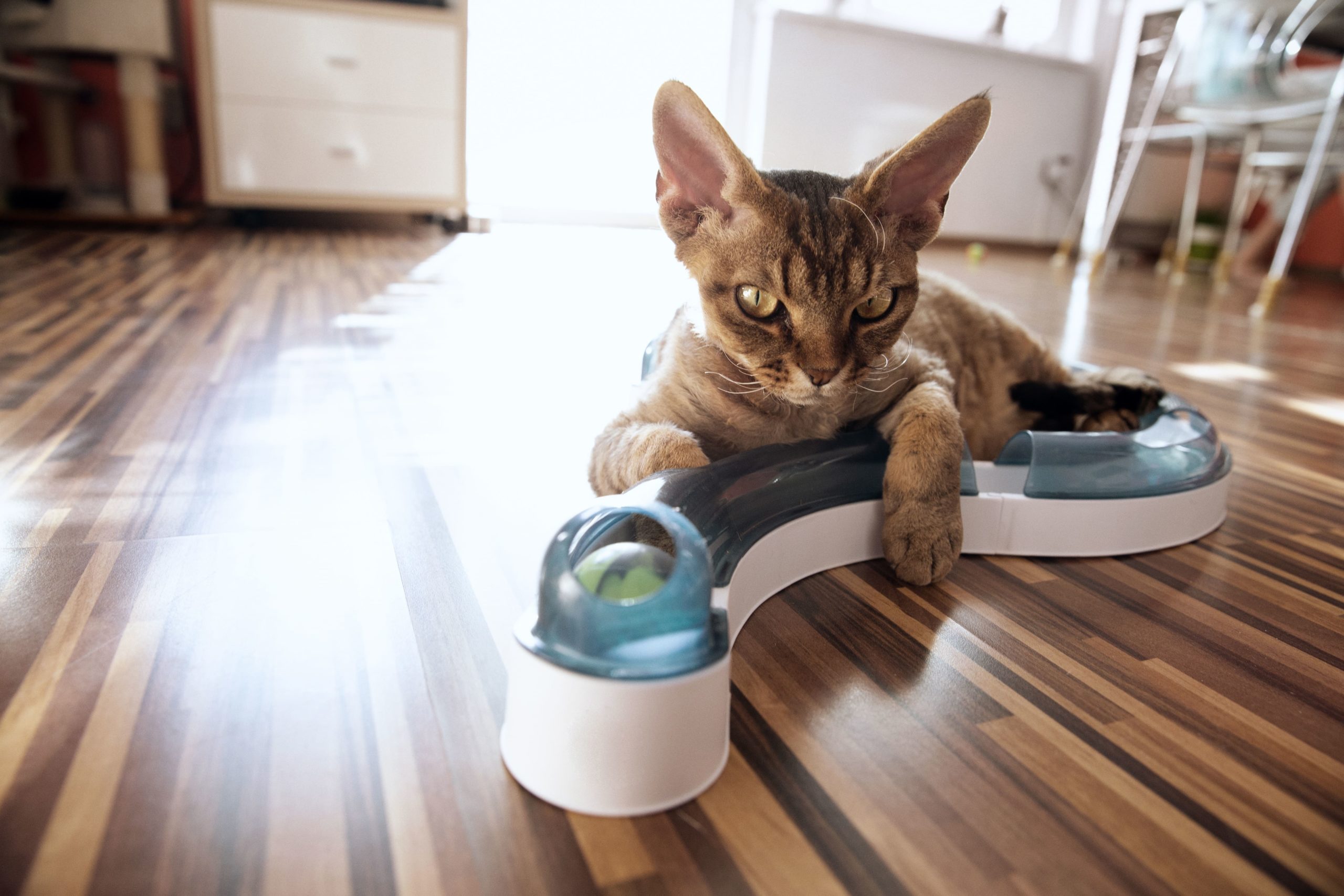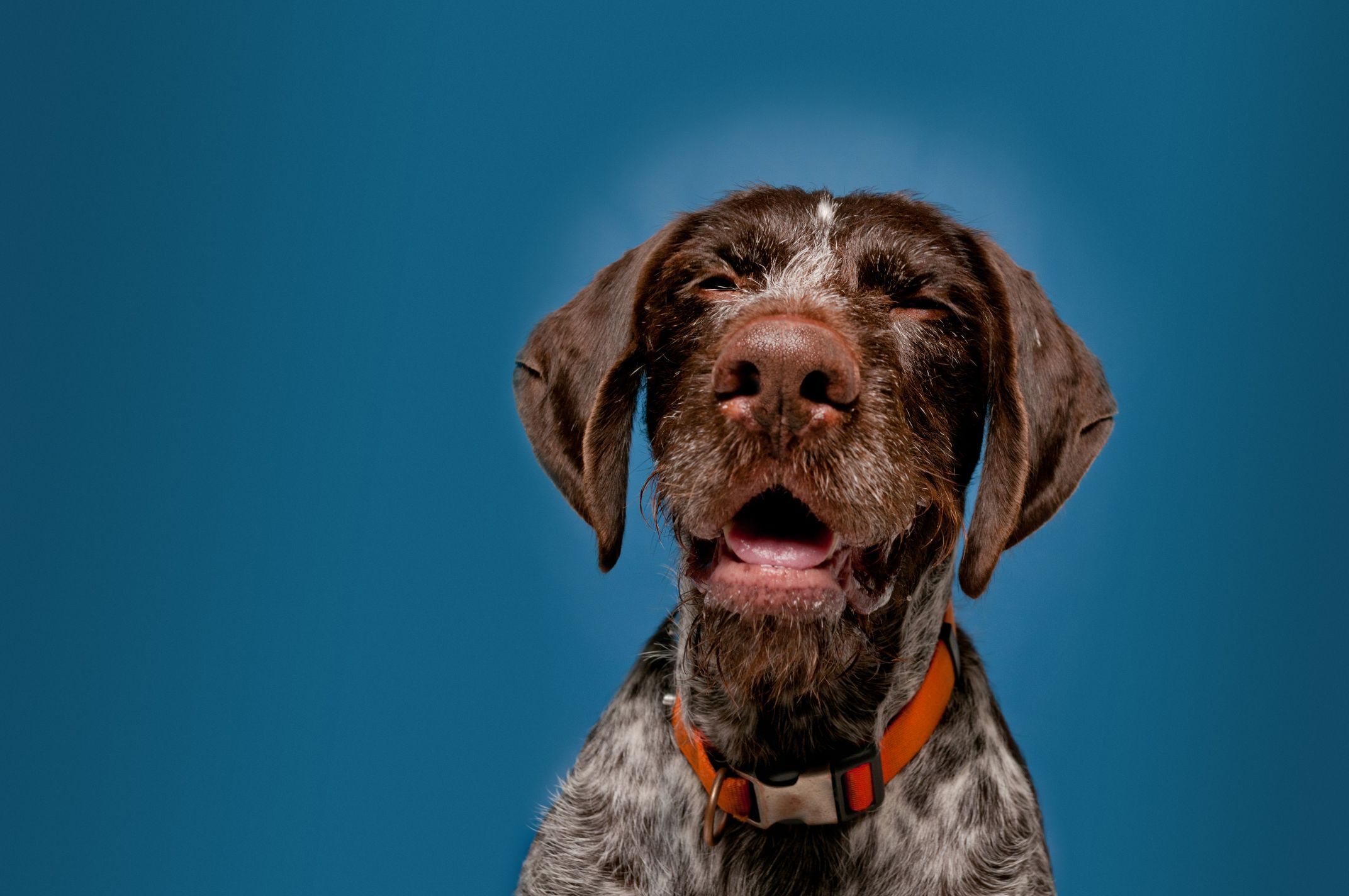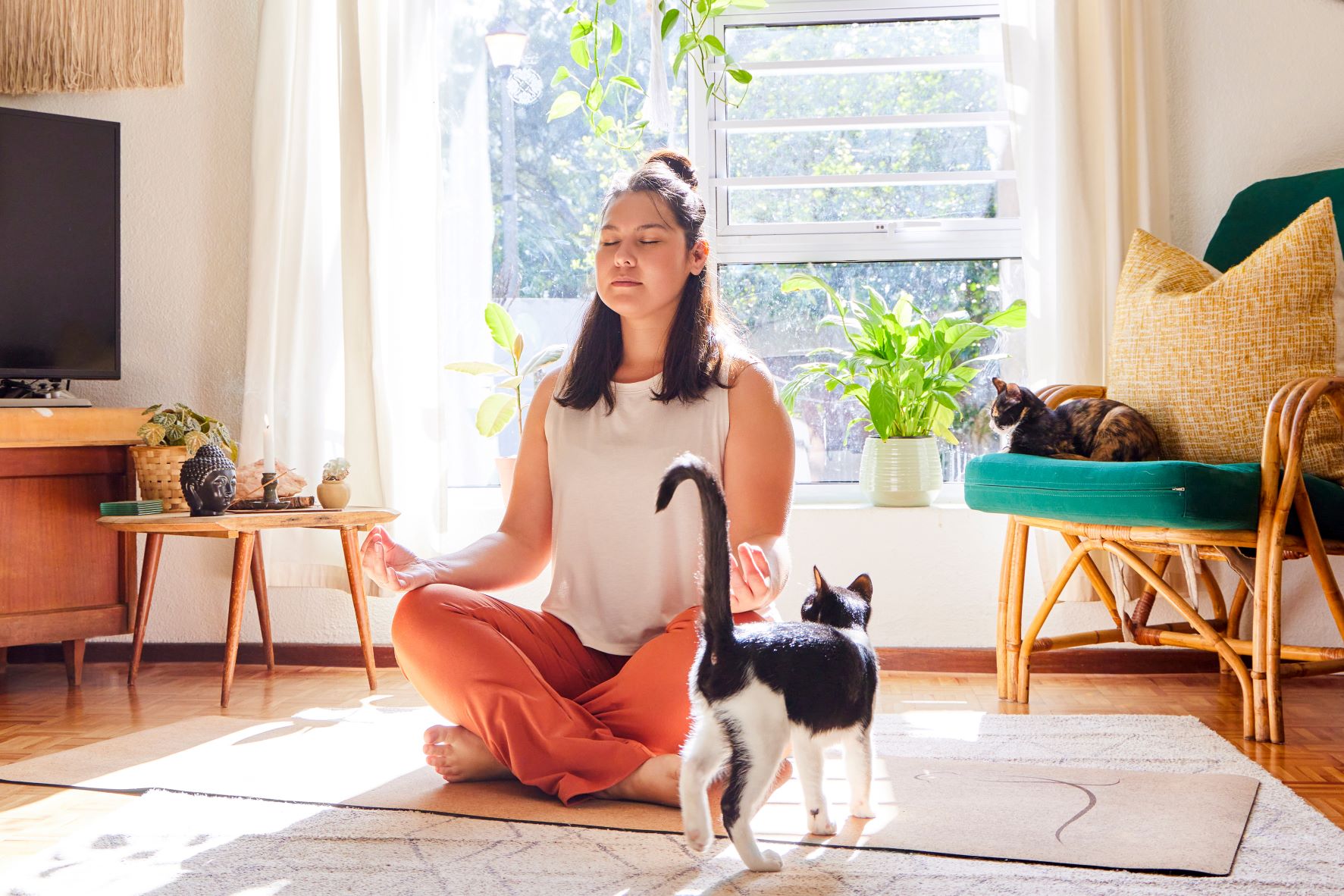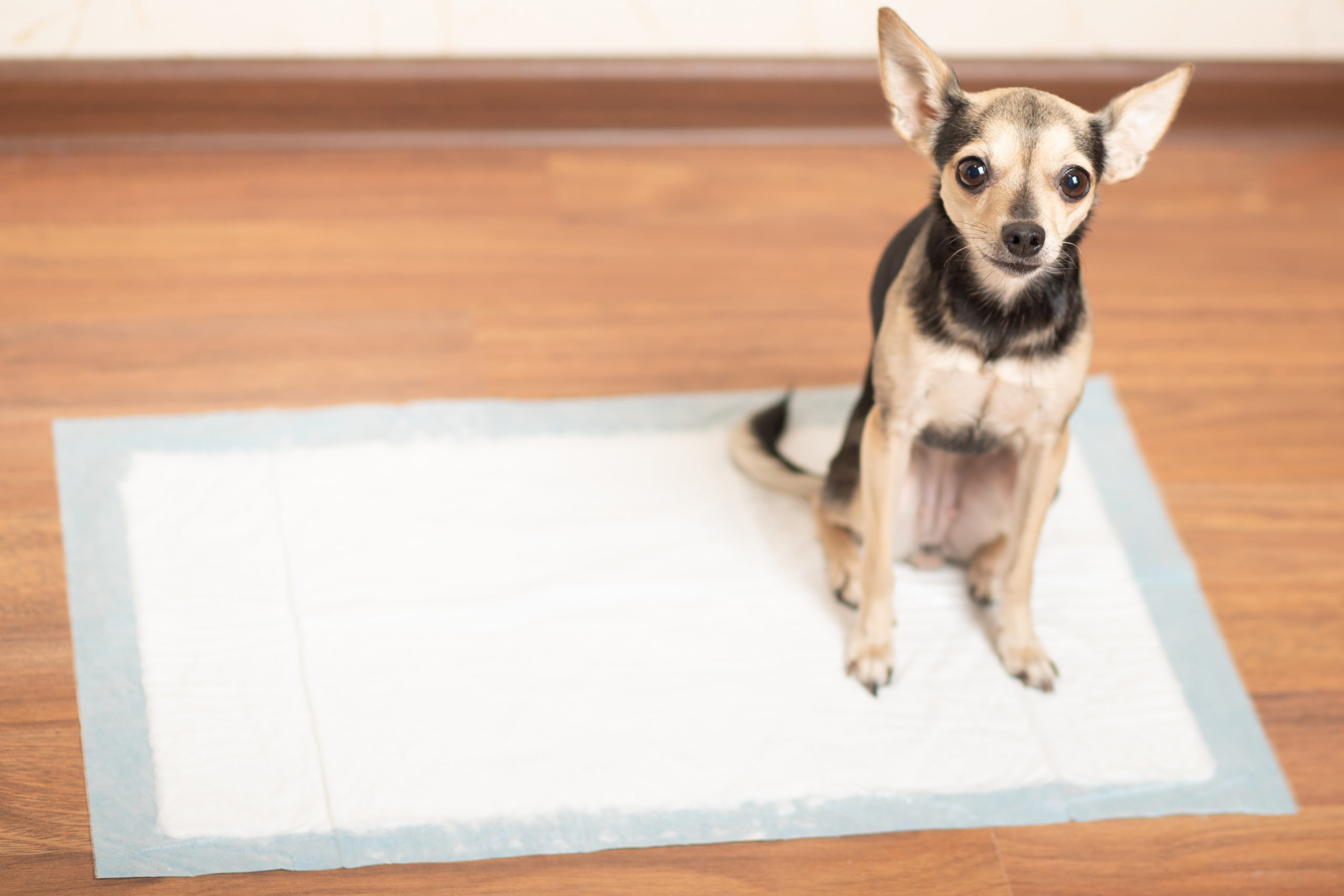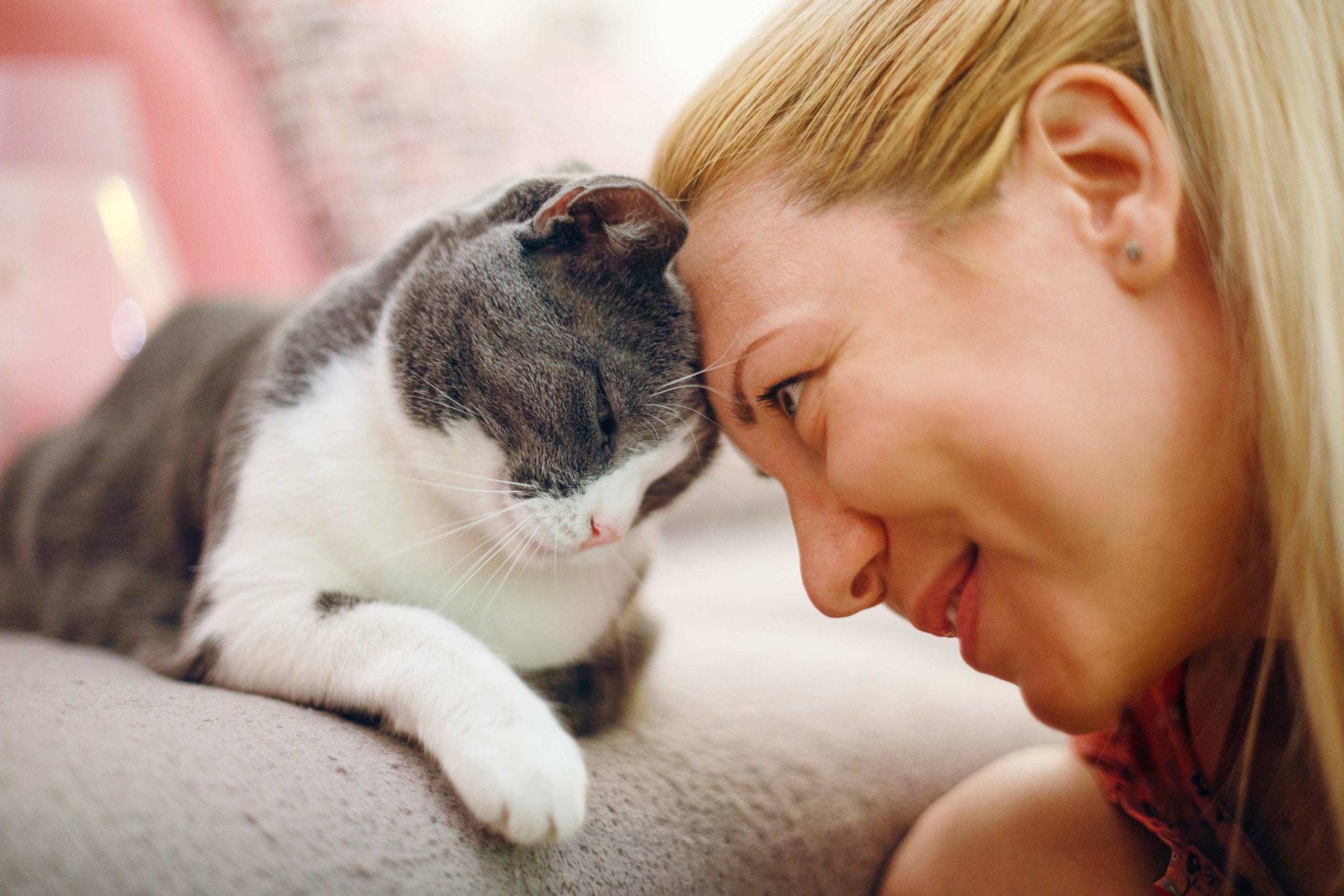
It might surprise you to know that pets have their own love language, and it’s not that different from ours! At Eastside Veterinary Associates, we know that bonding with your pet is important to you, and in this blog, we help you decode the love language of pets so that you can build a lifelong loving relationship with your furry companion.
Translating the Love Language of Pets
Our pets express their love in many ways, and while they can’t leave us love letters or actually “talk,” signs of pet affection are likely all around you. In the popular book The Five Love Languages, Dr. Gary Chapman explained how people give and receive love, and our pets “speak” these same languages, too. Let’s take a look at the similarities between Dr. Chapman’s five love languages and how pets express love.
Words of Affirmation: Who among us doesn’t like to hear praise? When your verbal expressions of affection such as, “What a good boy!” or “Such a pretty girl!” are met with a tail wag and enthusiastic yip—or perhaps loud purring—your pet feels the love in your words and “speaks” right back to you to express their unconditional love.
Acts of Service: When we care about someone, we do what we can to make them happy, and pets that speak this language do the same. If your dog follows commands with very little encouragement, he’s telling you in no uncertain terms that you’re his favorite human.
Receiving Gifts: Some pets feel the most loved when they receive delicious new treats or fun new toys, and they’ll often reciprocate by dropping things at your feet—whether it’s your slippers covered in slobber or a mouse.
Quality time: Some signs of pet affection show up as cat-shaped shadows following their favorite humans everywhere. If you’ve got a clingy cat or canine, their love language is quality time, and giving you their undivided attention is their superpower. While it’s always nice to have a sidekick, let us know if their need to be near you goes a bit overboard—your pet could have separation anxiety.
Physical touch: Head boops and biscuit making mean your feline feels that you’re the cat’s meow. And if your dog does his best to steal a kiss every chance he gets, his love language is physical touch, and carving out plenty of cuddle time is the best way to share the love right back.
Now You’re Speaking Their Language
Understanding pet behavior and recognizing the signs of pet affection will help you speak the love language of pets and create an even deeper bond with your pet. To learn more about how pets express love, feel free to contact our team.
